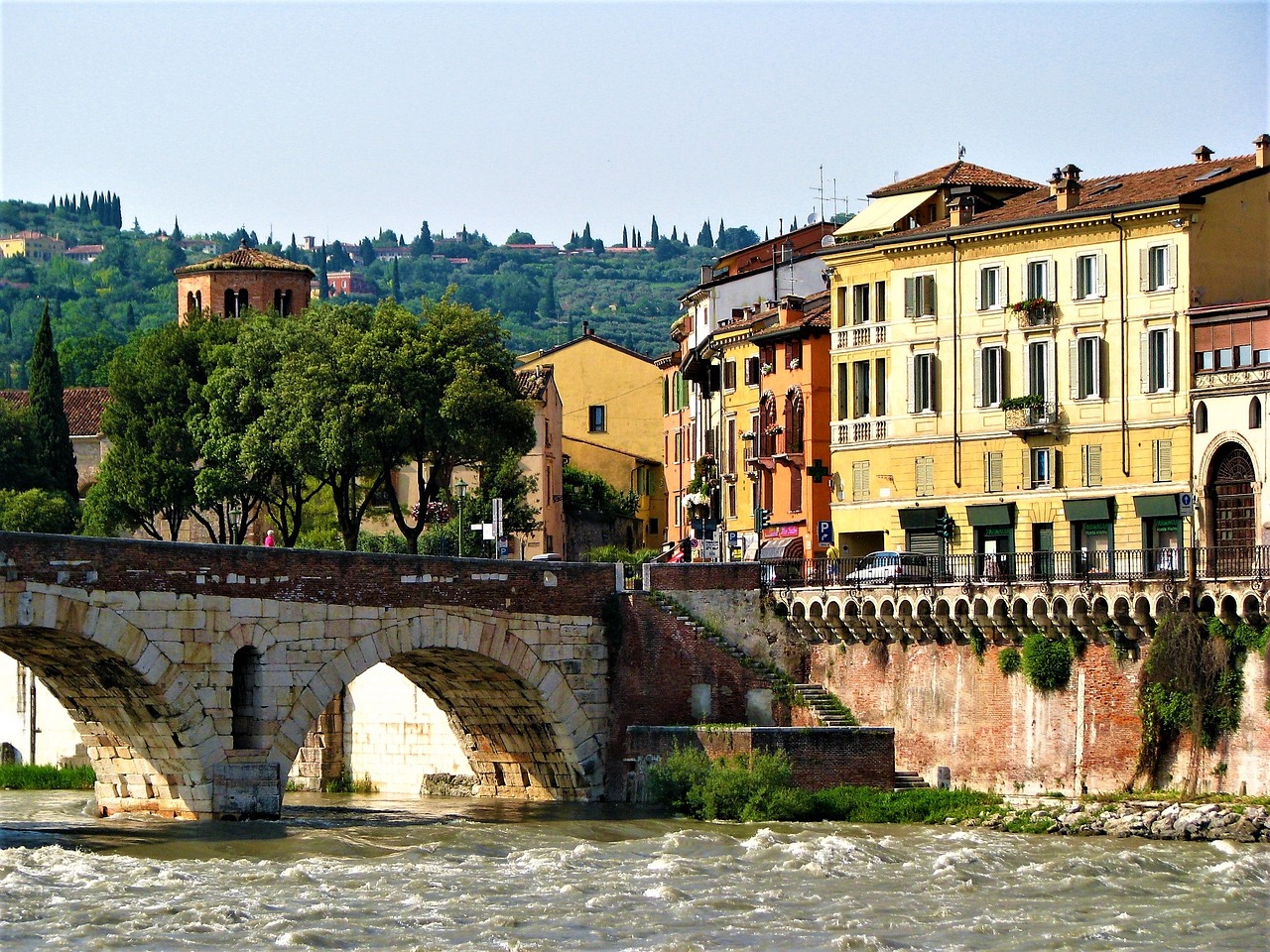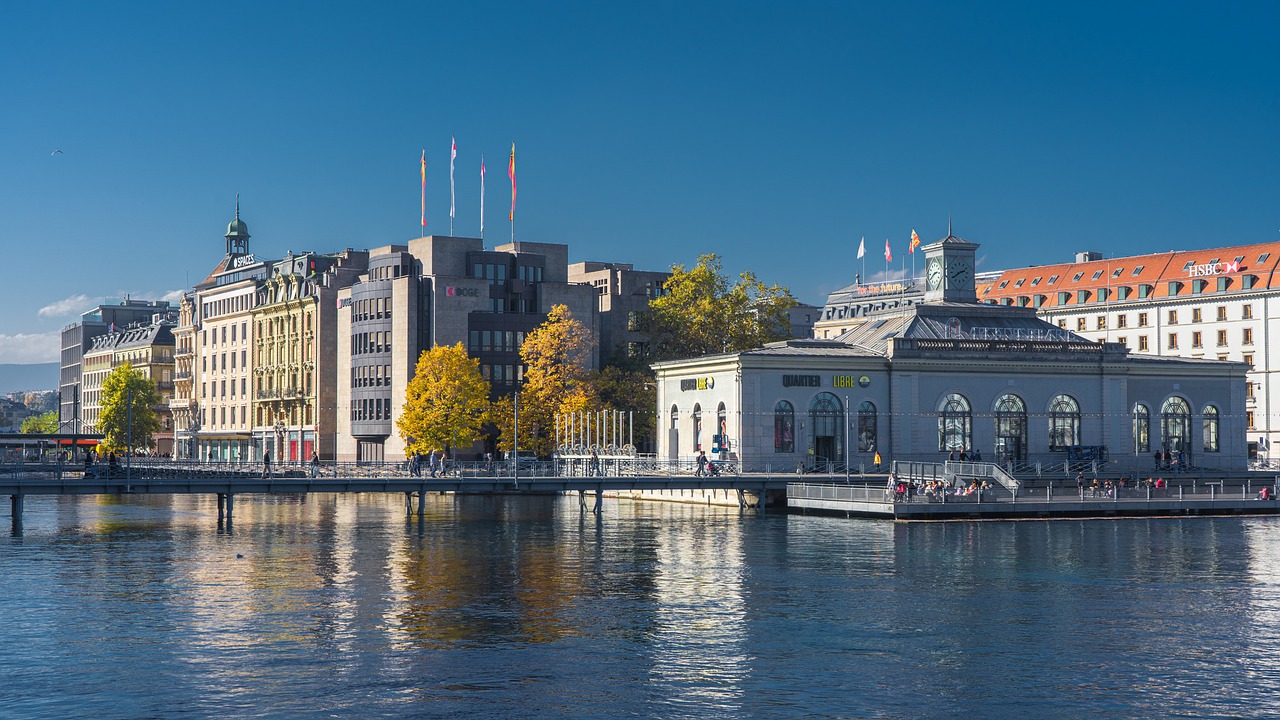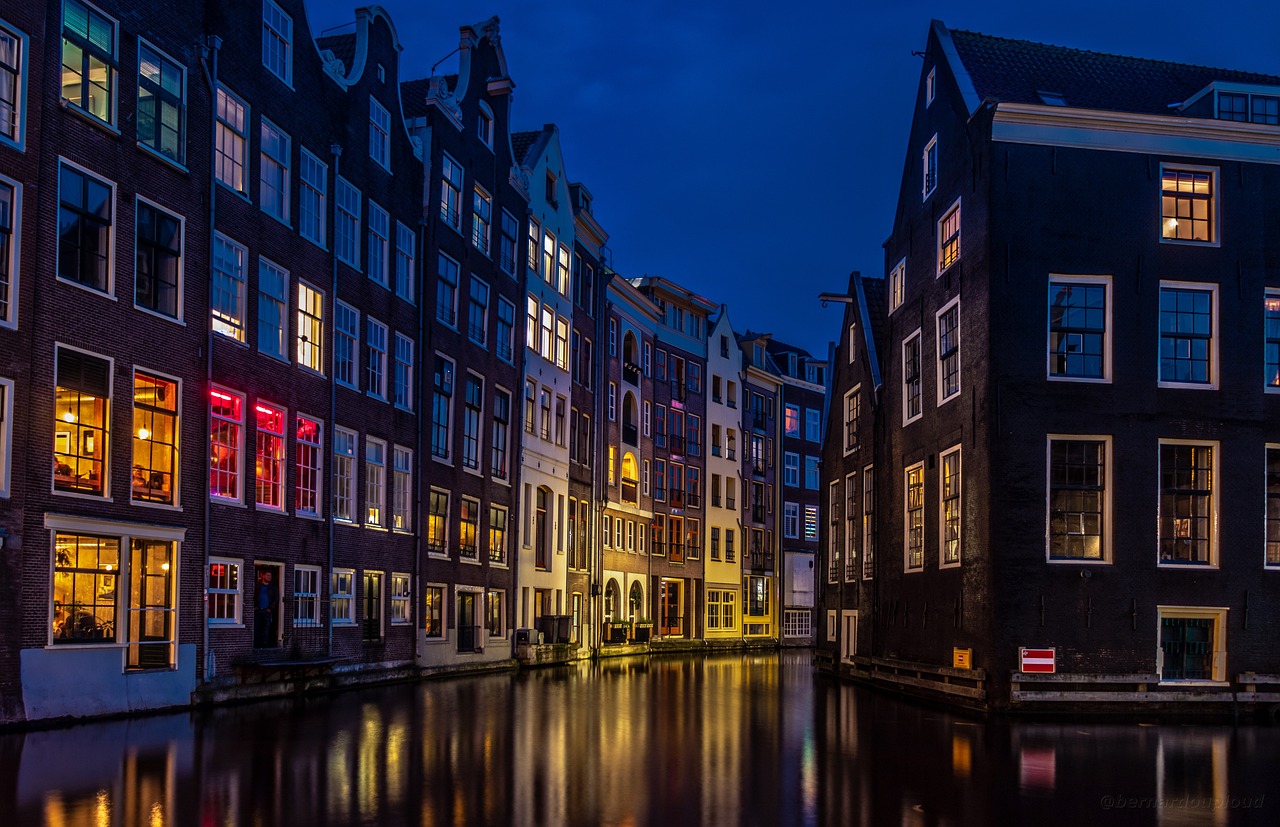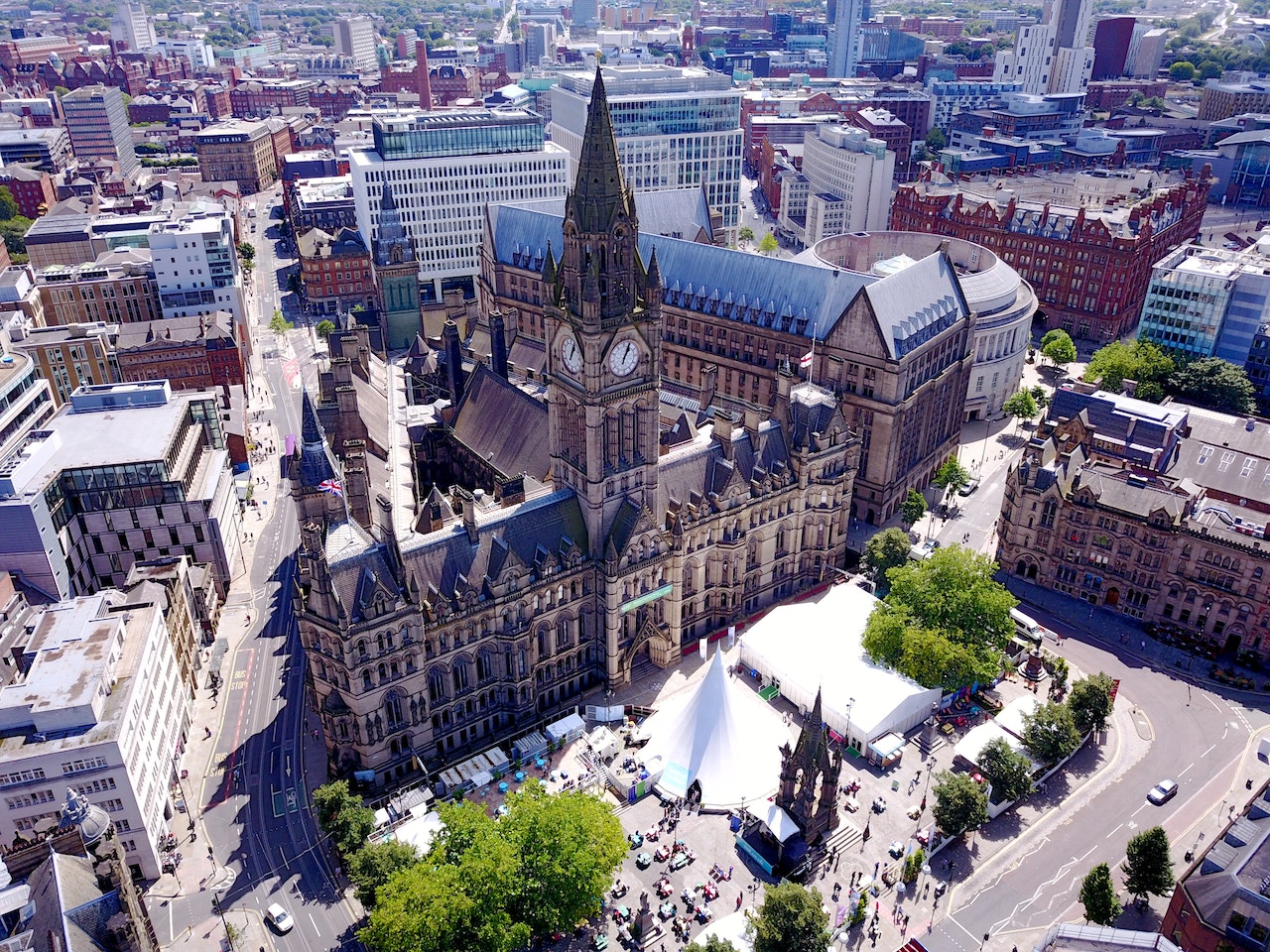Verona is a city located in the northern region of Italy called Veneto. It is situated in the province of Verona and is known for its rich history, culture, and architecture. Verona is famous for being the setting of Shakespeare’s tragic love story, Romeo and Juliet, and for its well-preserved Roman amphitheater, the Arena di Verona. The city is also renowned for its delicious cuisine and fine wines. Verona is a popular tourist destination and attracts millions of visitors every year.
Short History
Verona has a long and rich history dating back to pre-Roman times when it was inhabited by the tribe of the Euganei. In the 1st century BC, Verona became a Roman colony and a strategic hub for trade and communication between Italy and Northern Europe.
During the Middle Ages, Verona was ruled by various powerful families, including the Scala and the Visconti, and was an important cultural and artistic center in Italy. In the 16th century, Verona came under the control of the Venetian Republic and became a part of the Kingdom of Italy in 1866.
Verona suffered significant damage during World War II, but its historical center was reconstructed in the following decades, preserving many of its ancient landmarks and monuments. Today, Verona is a vibrant city that blends its rich past with modern-day life and attracts visitors from all over the world.
Architecture
Verona boasts an impressive collection of architectural styles and landmarks that reflect its history and cultural heritage. The city’s most famous architectural masterpiece is the Arena di Verona, a well-preserved Roman amphitheater that dates back to the 1st century AD and is still used today for concerts, opera performances, and other events.
Verona’s historic center is also home to numerous Gothic, Renaissance, and Baroque-style buildings, including the imposing Castelvecchio castle and the Palazzo della Ragione, a 12th-century palace that served as Verona’s town hall for centuries. The city’s religious architecture includes the Romanesque-style Basilica of San Zeno Maggiore and the impressive Duomo di Verona, a 12th-century cathedral with a mixture of Romanesque, Gothic, and Renaissance features.
Verona is also famous for its many beautiful bridges, such as the iconic Ponte Scaligero, a 14th-century fortified bridge that spans the Adige River and is one of the city’s most recognizable landmarks. Overall, Verona’s architecture is a testament to the city’s varied history and attracts visitors from all over the world who come to admire its beauty and charm.
Museums and Galleries
Verona is home to numerous museums and galleries that showcase the city’s art, history, and traditions. Here are some of the most interesting museums and galleries to visit in Verona:
- Castelvecchio Museum – Housed in a medieval castle, this museum features an impressive collection of sculptures, paintings, and artifacts from the medieval and Renaissance periods.
- Archaeological Museum – This museum showcases the archaeological history of Verona, with artifacts from the prehistoric, Roman, and medieval periods.
- Museum of Frescoes – Located in the church of San Giorgio in Braida, this museum features a collection of frescoes from the 14th and 15th centuries.
- Juliet’s House Museum – A must-visit for fans of Shakespeare’s Romeo and Juliet, this museum showcases the balcony and other locations associated with the tragic love story.
- Modern Art Gallery – This museum features a collection of modern and contemporary art from Italian and international artists.
- Natural History Museum – Located in the Palazzo Pompei, this museum showcases the natural history of Verona and the surrounding region.
- Lamberti Tower – This tower houses a small museum and provides stunning views of the city from its observation deck.
- Museum of the Risorgimento – This museum explores the history of Italian unification and the Risorgimento movement.
Verona is home to a diverse range of museums and galleries – from ancient artifacts to modern art, there is something for everyone to enjoy in Verona’s museums and galleries.
Landmarks and Monuments
Some of the most interesting landmarks and monuments to visit in Verona:
- Arena di Verona – A well-preserved Roman amphitheater that dates back to the 1st century AD and is still used for concerts and opera performances today.
- Piazza delle Erbe – A bustling square in the heart of Verona’s historic center, surrounded by colorful buildings and home to a lively market.
- Juliet’s House – A 14th-century house that is said to have inspired Shakespeare’s Romeo and Juliet and is now a popular tourist attraction.
- Castelvecchio – A medieval castle that houses a museum of art and history, including works by Veronese artists.
- Ponte Scaligero – A fortified bridge that spans the Adige River and is one of Verona’s most recognizable landmarks.
- Basilica di San Zeno Maggiore – A beautiful Romanesque church with an impressive bronze portal and stunning frescoes.
- Torre dei Lamberti – A tower that offers panoramic views of Verona and the surrounding countryside.
- Porta Borsari – An ancient Roman gate that dates back to the 1st century AD and is one of the best-preserved Roman monuments in Verona.
- Giardino Giusti – A beautiful Renaissance garden that features elaborate fountains, grottoes, and a maze.
Verona is home to a wealth of landmarks and monuments that reflect the city’s cultural and architectural heritage. From ancient Roman ruins to stunning Renaissance gardens, there is something for everyone to discover and explore in Verona.
Parks and Green Spaces
Verona is not only a city of colorful culture and history, but also a place where you can escape the hustle and bustle of city life and enjoy the beauty of nature. Here are some of the parks and green spaces worth visiting in Verona:
- Giardino Giusti – A beautiful Renaissance garden with winding paths, grottoes, and fountains.
- Parco delle Cascate – A park that features a series of waterfalls and natural pools, perfect for swimming on a hot summer day.
- Parco delle Colombare – A large park with walking and cycling paths, a pond, and a children’s playground.
- Parco della Villa – A peaceful park that offers stunning views of Verona’s skyline and features a small lake and picnic areas.
- Parco San Giacomo – A large park that is home to a public swimming pool, tennis courts, and a playground.
- Parco della Rimembranza – A park that features a large war memorial and offers stunning views of the city and the surrounding mountains.
- Parco del Mincio – A nature reserve that is home to a wide variety of wildlife, including birds, deer, and foxes.
- Parco Natura Viva – A wildlife park that is home to over 250 species of animals, including lions, tigers, and giraffes.
Verona has a variety of parks and green spaces that are worth visiting, whether you’re looking for a peaceful escape from the city or an adventure in nature. From Renaissance gardens to wildlife parks, there is something for everyone to enjoy in Verona’s parks and green spaces.
Beaches
Verona is not located on the coast and does not have any beaches of its own. It is situated in the northern region of Italy, inland from the Adriatic Sea. However, Verona is within driving distance of several beaches on the Adriatic coast, which can add variety to your vacation. Some of the closest beaches to Verona include:
- Sottomarina Beach – A popular sandy beach located about 1.5 hours east of Verona in the town of Chioggia.
- Rosolina Mare Beach – A long and wide sandy beach located about 1.5 hours southeast of Verona.
- Lido di Jesolo Beach – A long and wide sandy beach located about 2 hours east of Verona, with plenty of restaurants and shops nearby.
- Caorle Beach – A scenic and family-friendly beach located about 2 hours east of Verona, with a charming old town and plenty of water sports activities.
These beaches offer a wide range of amenities, from sandy shores to water sports activities, making them a great option for a fun day trip or weekend getaway from Verona.
Shopping Districts
Verona has a variety of shopping options for visitors and locals alike. Here are some of the top shopping districts to explore in Verona:
- Via Mazzini – A pedestrian shopping street in the heart of Verona’s historic center, with high-end fashion boutiques and luxury brands.
- Piazza delle Erbe – A lively market square that offers a variety of shops selling local food products, souvenirs, and handicrafts.
- Corso Porta Borsari – A street that connects Piazza Bra to Piazza delle Erbe and is lined with shops selling everything from fashion to jewelry to home goods.
- Centro Commerciale Verona Uno – A large shopping center located just outside the city center, with over 100 stores selling a variety of products.
- Centro Commerciale Adigeo – Another large shopping center located just outside the city center, with a variety of shops and restaurants.
- Borgo Trento – A residential neighborhood that offers a variety of shops, cafes, and restaurants, as well as a weekly outdoor market.
Whether you’re looking for high-end fashion or local products, there is something for everyone to discover in Verona’s shopping districts. From pedestrian shopping streets to large shopping centers, Verona has it all.
Food and Drink
Verona is located in the Veneto region of Italy, which is known for its splendid culinary traditions and delicious cuisine. Here are some of the must-try food and drinks in Verona:
- Amarone della Valpolicella – This full-bodied red wine is made from dried grapes and is considered one of the finest wines in Italy.
- Risotto all’Amarone – A delicious and hearty risotto made with Amarone wine, local cheese, and beef broth.
- Polenta e Gnocchi – Polenta and gnocchi are popular staples in Venetian cuisine, and can be found in many local restaurants and trattorias.
- Pastissada de caval – A traditional Veronese dish made with horse meat, tomato sauce, and red wine, served with polenta.
- Tortellini di Valeggio – Small, stuffed pasta pillows typically filled with meat or cheese, served in a buttery sauce.
- Pandoro – A sweet, fluffy cake that is a traditional Christmas treat in Verona and throughout Italy.
- Grappa – A strong, clear spirit made from grape pomace, commonly served as a digestif after a meal.
- Aperol Spritz – A refreshing cocktail made with Aperol, prosecco, and soda water, often served as an aperitif before a meal.
Verona offers a wide variety of delicious food and drinks that reflect the region’s rich culinary traditions. From hearty risotto to traditional Veronese dishes, there is something for every taste and preference. Be sure to try some of these local specialties on your next visit to Verona.
Transportation
Verona is a walkable city, with many of its top attractions located within easy walking distance of each other. Walking is also a great way to explore the city’s historic center and take in the beautiful architecture and landmarks. However, there are also several other transportation options available for visitors to get around the city:
- Bus – Verona has a comprehensive public bus system, with routes that cover the entire city and its surrounding areas.
- Bicycle – Verona is a bike-friendly city, with bike rental shops available throughout the city, making it easy to explore the city’s streets and parks.
- Taxi – Taxis are widely available in Verona, and can be easily hailed on the street or booked in advance.
- Car – If you prefer to have more independence and flexibility, renting a car is also an option in Verona. However, driving in the historic city center can be challenging due to narrow streets and limited parking.
- Segway – Segway tours are becoming an increasingly popular way to explore Verona, allowing visitors to cover a lot of ground quickly and effortlessly.
Safety
Verona is generally considered a safe city for visitors. Like any other city, there are certain precautions that should be taken to ensure personal safety, such as avoiding isolated or poorly-lit areas at night, keeping an eye on personal belongings, and being aware of potential scams or pickpocketing in crowded tourist areas. It is also advisable to follow the advice and guidance of local authorities and to stay up to date on any safety alerts or warnings.
Overall, Verona is a friendly and welcoming city with a low crime rate and a high standard of living. It is a popular tourist destination and attracts visitors from all over the world who come to enjoy its culture, history, and beauty. As long as basic safety measures are followed, visitors should have a safe and enjoyable experience in Verona.
Expensive or Cheap
Compared to some other Italian cities, Verona can be considered moderately expensive, but it ultimately depends on your travel style and budget. Prices for accommodations, meals, and activities can vary depending on the season, location, and level of luxury. Here are some examples of typical prices in Verona:
- Accommodations: A mid-range hotel room in the historic center of Verona can cost around €80-120 per night, while luxury hotels can cost €200 or more per night.
- Meals: A typical meal at a local trattoria or pizzeria can cost around €15-20 per person, while a multi-course meal at a high-end restaurant can cost €50 or more per person.
- Activities: Visiting popular landmarks and attractions in Verona can cost between €5-20 per person, while admission to museums and galleries can cost between €10-15 per person.
Overall, Verona can be considered moderately expensive, but there are ways to save money, such as staying in accommodations outside of the historic center, eating at local trattorias and pizzerias, and taking advantage of free or low-cost activities such as walking tours and parks.
Best Time to Travel
The best time to travel to Verona depends on your preferences, as the city offers something different in each season. Here is an overview of what to expect during each season:
- Spring (March – May): This is a great time to visit Verona, as the weather is mild and pleasant, and the crowds are smaller than in the summer months. The city’s parks and gardens are in full bloom, making it a beautiful time to explore the outdoors.
- Summer (June – August): Summer is peak tourist season in Verona, with warm temperatures and longer daylight hours. The city is bustling with events and festivals, but it can be crowded and expensive.
- Fall (September – November): Fall is another great time to visit Verona, with cooler temperatures and fewer tourists. The city’s parks and vineyards are especially beautiful during this time, and it’s a great time to sample the local wines.
- Winter (December – February): Verona can be chilly and damp during the winter months, but it’s also a great time to experience the city’s Christmas markets and holiday festivities. Hotel rates are also lower during this time, making it a good option for budget-conscious travelers.
Overall, the best time to visit Verona depends on your preferences, but spring and fall are generally considered the best times to visit, with mild weather and smaller crowds. However, each season offers its own unique charms and attractions, making Verona a great destination year-round.
Date Ideas
Verona is a romantic and charming city, perfect for a memorable date with your significant other. Here are some date ideas to consider in Verona:
- Take a sunset stroll along the Adige River, enjoying the beautiful views of the city’s historic buildings and landmarks.
- Visit Juliet’s House, the inspiration for Shakespeare’s Romeo and Juliet, and leave a love note on the wall of the courtyard.
- Take a cooking class together and learn how to make traditional Veronese dishes such as risotto all’Amarone and pastissada de caval.
- Explore the city’s charming piazzas and enjoy a romantic outdoor dinner at one of the many trattorias and restaurants.
- Attend an opera performance at the Arena di Verona, a stunning Roman amphitheater that dates back to the 1st century AD.
- Take a bike ride through the scenic countryside of the Valpolicella wine region, stopping at local wineries to taste the delicious wines.
- Take a boat ride on Lake Garda, the largest lake in Italy, and enjoy the beautiful scenery and views of the surrounding mountains.
- Visit the Giardino Giusti, a stunning Renaissance garden with winding paths, fountains, and grottoes.
- Take a hot air balloon ride over the city and surrounding countryside, enjoying breathtaking views from above.
- Attend the Verona in Love festival, held every February around Valentine’s Day, and enjoy events such as concerts, exhibitions, and street performances.
There is something for everyone to enjoy in this beautiful city.
Fun and Interesting Facts
Verona is a fascinating city with a rich history and culture. From its famous landmarks to its delicious cuisine and world-renowned wines, there is something for everyone to enjoy in this charming Italian city. Here are some fun and interesting facts about Verona:
- Verona is home to the famous Juliet’s House, which inspired William Shakespeare’s Romeo and Juliet.
- The city has been designated a UNESCO World Heritage Site due to its historic architecture and cultural significance.
- Verona is famous for its production of Amarone wine, a rich and full-bodied red wine made from dried grapes.
- The city is home to the Arena di Verona, a stunning Roman amphitheater that is still used for opera performances today.
- Verona was a major center for trade and commerce during the Roman Empire, due to its strategic location near the Adige River.
- The city has a rich culinary tradition, with dishes such as risotto all’Amarone, pastissada de caval, and tortellini di Valeggio.
- Verona is known for its high-quality marble, which has been used to create some of the city’s most famous landmarks and buildings.
- The Verona Football Club, commonly known as Hellas Verona, is a popular soccer team that has a strong following in the city.
- The city hosts several annual festivals and events, including the Verona Opera Festival and the Verona in Love festival.
- Verona has been used as a filming location for several movies, including Romeo and Juliet, Letters to Juliet, and The Tourist.
In conclusion, Verona is a wonderful destination that should not be missed on any trip to Italy. The city’s romantic ambiance makes it a popular destination for couples, while its rich history and cultural significance make it a must-visit for anyone interested in art, architecture, and ancient history.



